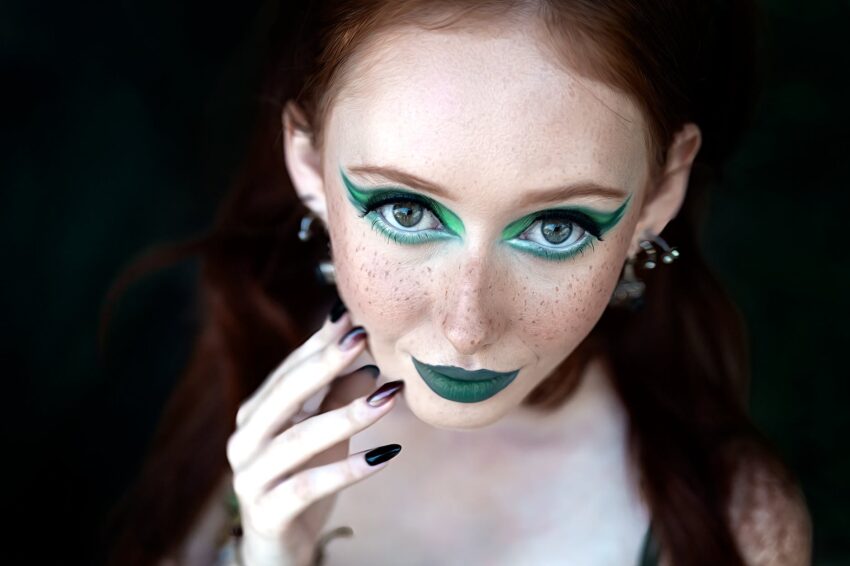Artistic expression is a unique human characteristic, and its biological origins continue to baffle scientists and artists alike. Now, attention is being drawn to the correlation between psychedelics and creativity. Psychedelic substances like psilocybin mushrooms and LSD are famous for their capability to alter human perception drastically, providing unique experiences that could influence artistic inspiration.
Psychedelics and Creativity: A Vivid Connection
Psychedelics have been correlated with creativity from ancient times. Shamans and native tribes have utilized mind-altering plants like ayahuasca for millennia to explore consciousness and incite creativity. Some 20th-century artists and writers like Aldous Huxley and the Beatles openly admitted to using psychedelics to tap into their artistic depths.
In the 1960s, a more systematic investigation started with experiments trying to link psychedelic use to creativity enhancement. These foundational studies suggested that under controlled settings, psychedelic substances might stimulate new insights, ideas, or problem-solving abilities- all signs of creativity- in a method comparable to unlocking creative potential.
A Renaissance in Psychedelic Research
The renewed interest in psychedelics’ therapeutic potential has breathed life into research on psychedelics and creativity. Researchers found that psychedelics might induce a state of divergent thinking, which involves producing multiple possible solutions to open-ended problems- a critical aspect of creative thinking.
In another study, participants were given small doses of psychedelics, and their artistic works pre and post the psychedelic experience were judged by artists and art professors. The results showed significantly higher ratings for the artworks produced post-psychedelic experience, supporting the belief that creative output is enhanced by psychedelics.
How Psychedelics Influence Creativity
Humans perceive the world through numerous hierarchical structures built into our brains. Perceptions are filtered, organized, and interpreted in a definitive manner. Psychedelics significantly disturb these neural structures, leading to an overload of information and sensations.
This perceptual shift associates with a heightened state of cognitive flexibility called divergent thinking, which is crucial for creativity. When usual boundaries of perception and cognition dissolve, new associations emerge, and the potential for artistic expression with psychedelics becomes evident.
Psychedelics might foster creativity by bringing unconscious thoughts and imagery to the fore, influencing the rise of new perspectives and ideas. This highlights the link between psychedelic experiences and imagination expansion, covering a broad spectrum of human experience, from visual hallucinations to complex imaginative scenarios.
Limitations and Considerations
While the link between psychedelics and creativity is intriguing, much of the evidence is anecdotal, and more rigorous scientific research is needed. Variables that impact psychedelic experiences, such as the user’s mindset and the environment, also affect outcomes. For some, a psychedelic experience can be intensely distressing and psychologically damaging, underscoring that these substances are not risk-free.
Conclusion
The renewed interest in the interconnection of psychedelics and creativity may bring new understanding about the mysterious process of human artistic expression and potentially inspire new methods for creativity enhancement. However, it is crucial to remember that psychedelics are powerful substances that should be used responsibly and under appropriate guidance. Lastly, while the evidence suggests psychedelics might open novel avenues for creative exploration, they are but a single piece in the broad and complex puzzle of human creativity.
